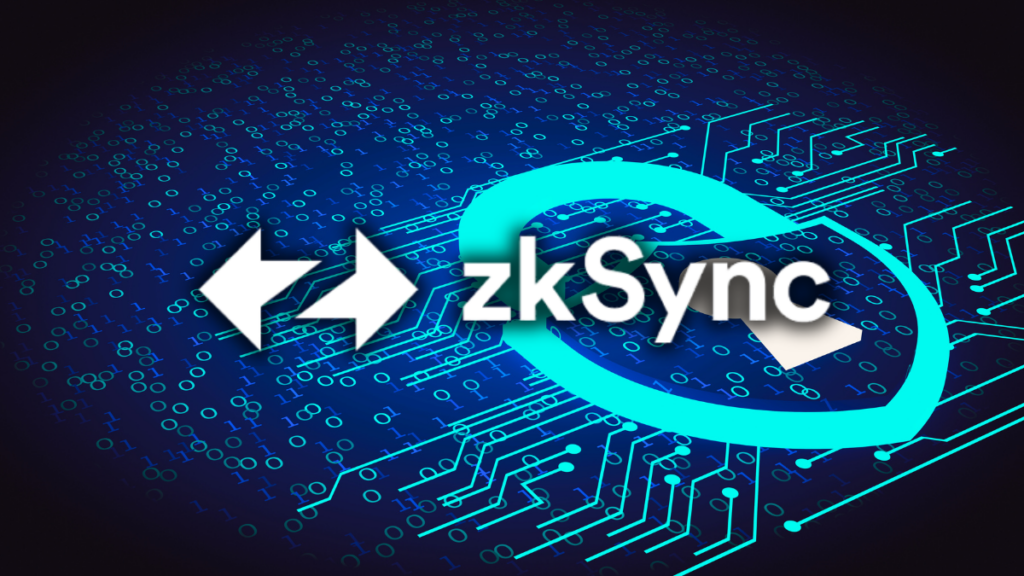A few years back, I tossed out a wild idea over drinks with some friends: what if companies had a “Chief Bitcoin Officer”? They laughed it off—thought I was joking, maybe pulling a prank after one too many beers. But here we are, Q2 2025 rolls around, and I’ve met three people sporting that exact title. One of them works for a family office I know well, a group that used to sink its cash into safe, tangible stuff like real estate. Then they dipped their toes into Bitcoin and crypto, and this CBO stepped up. From what I’ve heard, he’s killing it—managing a new chunk of their portfolio that’s doing better than expected, while also playing the public face, charming new investors into the fold. He’s part marketer, part dealmaker, and it’s working like a charm for them. More money, more buzz, more trust. It’s a triple win.
That got me wondering: if a random family office can figure this out, why are some of the biggest names in crypto—those billion-dollar unicorns—acting like marketing’s an afterthought? I mean, where’s the Chief Marketing Officer in these outfits? I couldn’t shake the question, so I started digging. I’ve chatted with folks on the inside—people grinding it out at these companies, plus a few higher-ups willing to spill some tea. What I found is a mix of my own gut feelings and their real-world gripes, all pointing to a glaring gap in how crypto handles its messaging. I won’t name names here—let’s keep it broad—but trust me, there’s a story to tell about what’s missing.
Marketing’s Gotta Matter in Crypto
Look, marketing isn’t just some corporate checkbox—it’s the lifeblood of getting people on board, especially in a world like crypto. You’re selling something most folks don’t fully get yet, something that feels risky or futuristic. I saw a stat from Pew Research a while back—only about one in six Americans had touched crypto by 2023. That’s wild when you think about how much ink gets spilled over it. People need convincing, and that’s where marketing comes in: it’s the teacher, the hype man, the trust-builder all rolled into one. Whether you’re pushing a DeFi app or a blockchain for tracking fish from ocean to plate, you’ve got to show why it’s worth caring about.
And it’s not just about education—there’s a brutal fight for eyeballs out there. I checked CoinMarketCap the other day, and they’re tracking over 23,000 coins as of early 2025. The market’s worth trillions, according to some trends report I read. That’s a packed room, and if you don’t stand out, you’re toast. Bitcoin didn’t just win because of code—it won because people bought into the dream of sticking it to the banks. Good marketing turns tech into a tale, and crypto needs more of that storytelling magic.
The Messy Reality of Crypto Marketing
So why’s it falling flat so often? Well, it’s tricky terrain. For one, a lot of these projects don’t even know who they’re talking to. Are they chasing the 20-something trader on X, the suit at a hedge fund, or my mom who still calls it “internet money”? Crypto users cut across generations—millennials, Gen X—but they’re glued together by tech smarts and a itch for something new. If you don’t get that crowd, your ads and posts just sound like noise.
Related: The Meme Coin Market in 2025: Trust, Community, and the End of Hype
Then there’s the jargon trap. I’ve tried explaining stuff like “staking” or “layer-2 solutions” to friends, and their eyes glaze over. Over 60% of the crypto newbies that I met would say they might stay out because they’re confused. If your marketing can’t break that down without sounding like a textbook, you’re sunk. Add in the regulatory mess—the big nations are still arguing over rules—and it’s a nightmare to pitch anything consistent. Plus, you’re up against a flood of rivals, and too many play the hype game with cheap tricks that don’t last. Chainalysis reckons shady crypto deals could hit $51 billion this year if the pace keeps up. That’s not a good look for trust.
Who’s Steering This Ship?
Here’s where I get a little fired up: too many crypto marketing gigs are run by people who don’t get it. You need someone who’s lived this stuff—someone who’s held coins through a crash, argued in a Telegram group, knows why gas fees spike. But I’ve talked to folks at big exchanges where the marketing boss comes from some old-school ad agency and doesn’t even own a wallet. One guy told me his team lead couldn’t define a blockchain without stammering. How do you sell something you don’t understand? It shows—campaigns come off stiff or fake, and the crypto crowd can smell that a mile away.
I checked out job boards—almost 3,000 marketing roles posted, but tons just wanted generic skills, not crypto chops. That’s a problem. If your team isn’t in the trenches—hanging out on Discord, scrolling X, feeling the pulse—they’re guessing, not connecting. Remember those NFT flops a few years ago? Overhyped drops from marketers who didn’t care about the art or the buyers—just the cash. Trust took a nosedive, and it’s still recovering.
Branding Isn’t the Whole Game & PR’s Not Enough Either
This ties into another beef I’ve got: some of these companies think a cool logo is marketing. I’ve seen it firsthand—millions dumped into branding, like it’s the golden ticket. Sure, branding’s big—it’s your face, your vibe. Ethereum’s got that sharp hexagon; Bitcoin’s “B” is everywhere. But that’s just the start. Marketing’s the hustle that gets people buying, not just nodding. That CBO I mentioned? He didn’t stop at a new title—he hit the ground running with talks, posts, papers, showing off the family office’s crypto bet. Compare that to unicorns obsessed with looking slick but forgetting to sell. Social media’s pulling a good ROI, yet some barely touch it, too busy polishing their image.
And don’t get me started on PR versus the full picture. PR’s great—Justin Sun’s a master at grabbing headlines for TRON, love him or hate him. But it’s one piece of the puzzle. I’m decent at marketing and PR myself, picked it up over years, but ask me to run a big event? I’d trip over my own feet. You need everything working together—ads, social, content, PR—to hit home. Crypto’s got a trust problem, and siloed PR stunts won’t fix it. I read somewhere—that Telegram’s blowing up with crypto chats, some channels pulling hundreds of thousands of users. Tie that to smart Google Ads and solid blog posts, and you’re cooking. Too many lean on PR alone, and it’s like playing a symphony with just a drum.
Related: Singapore’s Startup Ecosystem: A Global Model for Innovation and Growth
When the Budget Goes Bust
One thing I’ve learned messing around in this space: you’ve got to blend the top and bottom of the funnel. Top’s about casting a net—think viral X threads or a splashy CoinDesk ad. Bottom’s about reeling them in—retargeting, Discord Q&As, that personal nudge. Top gets you noticed; bottom gets you paid. The catch? Top’s pricey and doesn’t always convert, while bottom’s cheap but narrow. I’ve seen unicorns blow insane cash—$23.7 billion in VC—on top-end hype, then drop the ball on closing the deal.
Speaking of cash, some of these firms have lit money on fire with nothing to show. One unicorn I talked to bragged about a $10 million Super Bowl spot in 2023—glamorous, sure, but their numbers barely twitched. Meanwhile, Coinbase rolled out a lending thing for big players that year, all tight PR and focused content—no waste, just wins. If you’re bleeding cash, step back: check what’s working, lean into cheap wins like X posts, or find real influencers who actually move the needle. Erik Voorhees has nearly 700K followers on X—people listen to him. That’s smarter than another billboard.
Where I Land on This
So what’s the real gap? It’s vision, it’s people, it’s follow-through. Crypto needs marketers who’ve been in the game—through the dips, the pumps, the FUD—who can turn “proof of stake” into a coffee-chat pitch. It needs plans that weave branding, PR, and funnels into one tight story, not scattered shots.
And it needs to drop the flash for real talk—trust’s the rarest coin here, and we’re still minting it. That CBO idea I had? It wasn’t a gag; it was me seeing a need for someone to tie the tech to the tale. It’s April, 2025, and this industry’s at a crossroads—nail the marketing, and it’s mainstream. Flub it, and it’s a ghost town on the blockchain.
About the Author

Anndy Lian is an all-rounded business strategist in Asia. He has provided advisory across a variety of industries for local, international, and public-listed companies and governments. He is an early blockchain adopter and experienced serial entrepreneur, book author, investor, board member, and keynote speaker.










